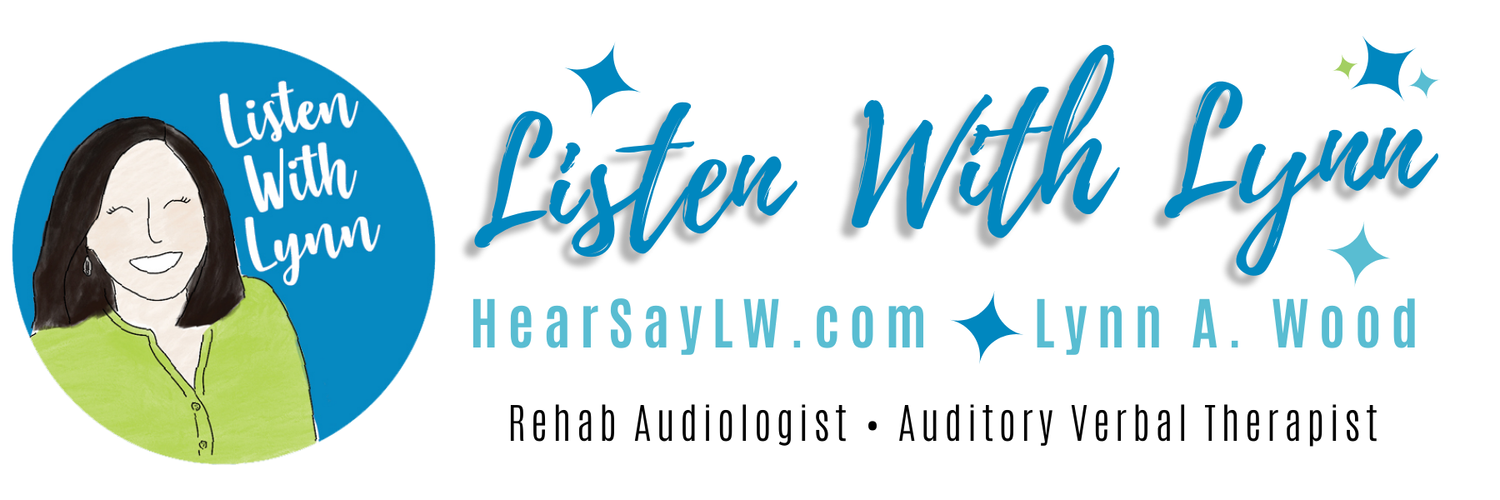Lynn A. Wood, MA CCC-A LSLS Cert. AVT.
Rehab Audiologist and Auditory Verbal Therapist at the Auditory Verbal Center of Wheaton in Illinois
Lynn is a nationally recognized Listening and Spoken Language Specialist with over 35 years of experience. She is an audiologist by degree and specializes in pediatric auditory verbal therapy, post cochlear implant auditory rehabilitation for children and adults and therapy for individuals with auditory processing needs.
Lynn was in the inaugural group of professionals who sat for the first Auditory Verbal Therapy certification exam in 1994. She established her practice in 1988, becoming one of the first audiologists in the nation to open a practice devoted exclusively to auditory rehabilitation. Lynn has provided these services at her Wheaton office for over 25 years.
Lynn served as the Programs Leader at HearingFirst.org, and has been an active consultant in the field of auditory rehabilitation to Advanced Bionics, Cochlear International, Bio-Speech Inc. and other companies and schools. Lynn presents at local, state, and national conferences and has worked internationally mentoring professionals providing auditory verbal therapy for children with hearing loss and their families. Lynn served on the AG Bell Certification Council, Illinois Chapter of the AG Bell Association, Illinois Hands & Voices and as a member of the Global Foundation for Children with Hearing Loss.








